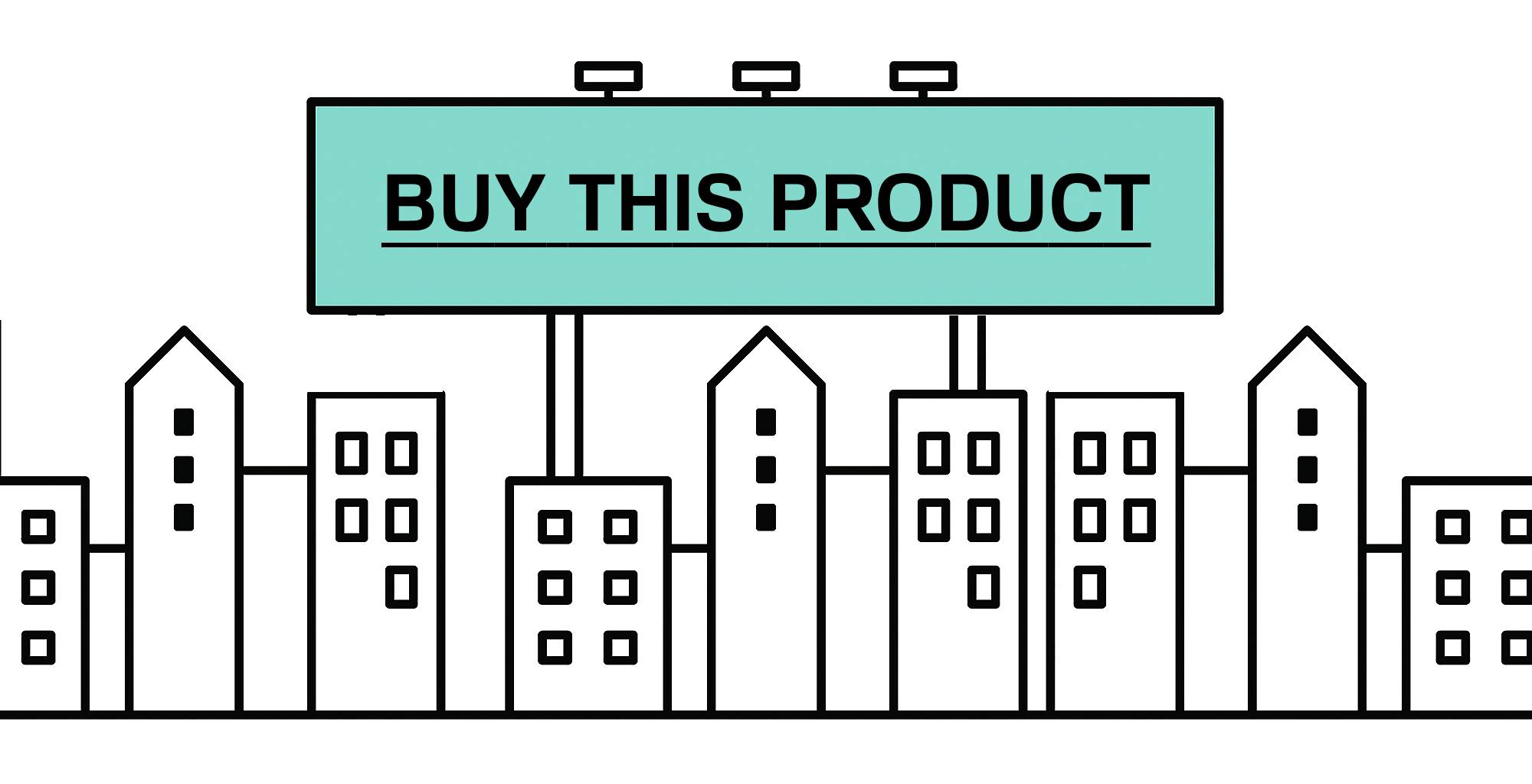Since having previously posted about our recent issue with someone borrowing the Bam Creative website design and code, I have had a number of emails and questions relating to copyright. Being the business geek I am, I knew much of this already, but here’s the results of my research, which you may find worth reading.
Note: this is NOT legal advice, and deals specifically with Australian copyright law only. Do not treat this post as gospel; if in doubt, please speak to a lawyer.
THE BASICS OF COPYRIGHT
Copyright Law in Australia basically covers creative works. So, if your work involves elements such as;
- Written material (articles, blog posts, etc)
- Musical works and sound recordings (musical scores, songs, etc)
- Dramatic works and film (plays, film, TV, etc)
- Artistic works (graphic design illustration, etc)
…then your work is covered by Copyright under Australian law. Yes, that’s right – unlike some other countries, copyright in Australia is automatic upon the production of an original work, and it’s free.
The moment you create your work it is automatically protected by copyright, which normally lasts until seventy years after the death of the creator (you).
It is also interesting to note, that the law does NOT actually require a copyright notice of any form. That means although that funky little copyright symbol in the footer of your website is there, and you say in your source code that everything is copyright, it is not really needed.
Not that I think it’s a bad idea to remind people of their obligations, and your rights as a creator. If possible, try to always insert a copyright notice, or at least, the copyright symbol, in your website or documents.
THE TRICKY THING ABOUT CLIENTS AND CREATORS…
The problem with the copyright law is that unless there’s been a specific legal agreement between the creator (website designer/developer, photographer, illustrator, etc) and the person or organisation paying for the work (the client), then you’ll find that normally the creator is the owner of the copyright, and not the client.
The client may have the right to use it in the ways that have been agreed, but if there’s no express or implied agreement, it’s going to be hard to not favour the creator.
Moral of this is as a client, always ensure you have a written agreement with your creative suppliers about who owns the copyright at the end of the project, and even who has the responsibility for checking copyright on third party elements, such as supplied photographs for a website, presentation, etc.
DEALING WITH PLAGIARISM
So, your website ends up getting copied, or at least a large element of it does; what should you do? There are a few approaches you could follow; it’s really up to you.
Firstly, before starting any of these approaches, you should take a backup copy of the infringing material. You should also try and discover when this material was published, and check that against your own published works dates.
Then you should research who the offender is – do a domain name whois, run a company or business name search, or even call them and ask for their details.
Once you have the evidence, have the details of the other party and are sure of your facts, you could do one (or more) of the following;
- Make contact with the infringer and ask that they stop.
- Contact the hosting company or ISP and have them remove the content
- Speak to a lawyer or legal firm
Number one is a cop out in my opinion – all that achieves is setting the precedent to allow people to rip off your work until you notice, and then you’ll ask them politely to remove it. Number two in my opinion isn’t much better.
I had a chat with a trademark lawyer a few months back, and when I mentioned I had ignored people who were very close to infringing our trademark, she rightly asked why I bothered to pay for the protection, if I wasn’t going to do anything about it. I see copyright and creative works the same way.
Should you choose number three, your lawyer will advise you with a few scenarios. Some are fairly cheap (well, a few thousand is cheap for a legal bill) and others less so (let’s say BIG figures for BIG cases that go to trial).
What you do from here is totally up to your own personal judgement – ask yourself what effect or damage the copyright infringement may have caused you or your business, and then weigh that against what chances your lawyer believes you have and who the offender is.
You may be able to settle out of court or even just accept assurances that the other party has dealt with the issue. You may also want to follow through with court – just ensure you listen to your lawyer, that’s what you are paying them for.
NEED FURTHER INFORMATION?
Some good local websites to research a bit more about copyright, would be the Copyright Agency Limited (CAL) and the Australian Copyright Council, both of whom offer fact sheets on their websites.
You can also call your state based law society, who would be able to put you in touch with a lawyer who specialises in the copyright area.




[…] See also the Basics of Copyright by Miles Burke […]